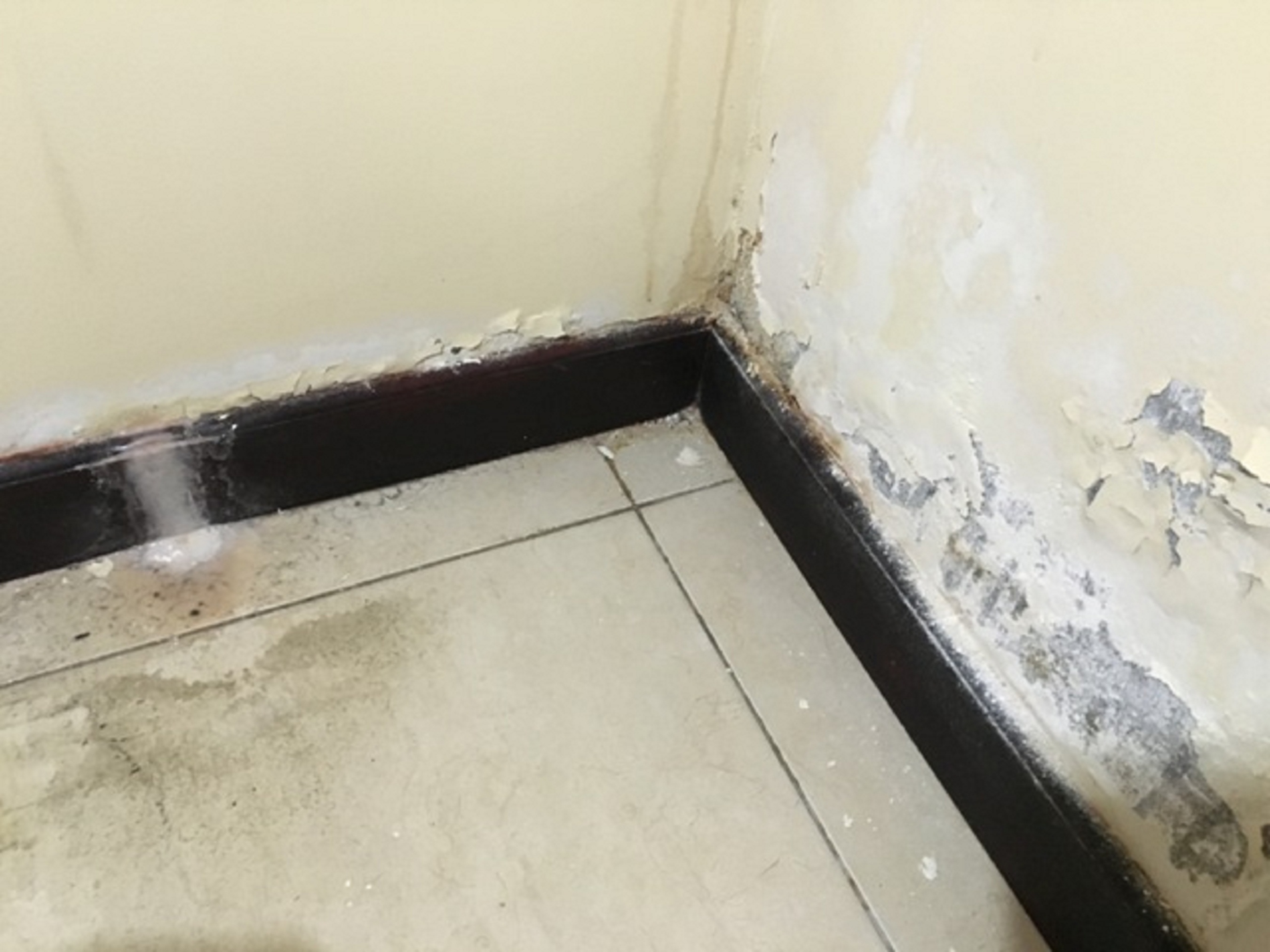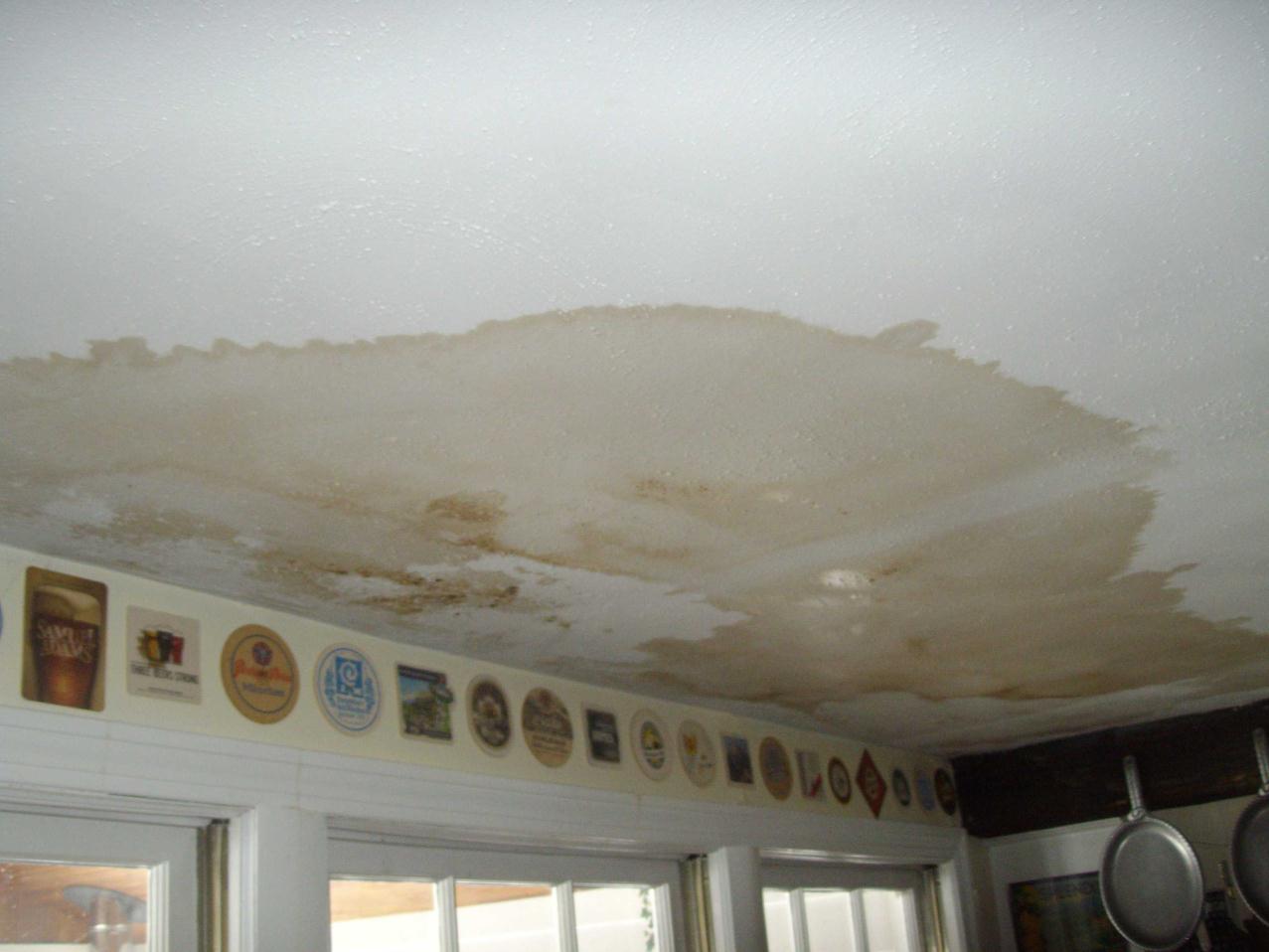Do's & Don'ts of Water Restoration.
Do's & Don'ts of Water Restoration.
Blog Article
We've come across this great article about Keeping Your Home Safe This Holiday Season below on the internet and reckoned it made perfect sense to talk about it with you here.

Water offers life, water invasion on components where it's not expected to be can result in damage. It can peel away surfaces as well as deteriorate the foundation if the water saturates into your structure. Mold and mildew and also mold additionally flourish in a damp atmosphere, which can be dangerous for your health and wellness. Residences with water damage odor old and mildewy.
Water can come from numerous resources such as tropical storms, floodings, burst pipelines, leaks, as well as sewage system issues. In case you experience water damages, it would certainly be good to recognize some safety and security precautions. Below are a couple of standards on just how to manage water damages.
Do Prioritize Residence Insurance Insurance Coverage
Water damages from flooding as a result of hefty winds is seasonal. Nonetheless, you can likewise experience an abrupt flooding when a malfunctioning pipe instantly ruptures right into your residence. It would be best to have residence insurance that covers both acts of God such as natural catastrophes, and also emergencies like busted plumbing.
Don't Fail To Remember to Turn Off Energies
This reduces off power to your whole house, avoiding electrical shocks when water comes in as it is a conductor. Do not forget to transform off the major water line shutoff.
Do Keep Proactive as well as Heed Weather Condition Informs
Tornado floods can be very unforeseeable. Remain positive and prepared if there is a background of flooding in your area. If you live near a creek, lake, or river , listen to discharge warnings. Take out prized possessions from the ground floor as well as cellar, after that put them on the greatest feasible level. Doing so decreases potential residential property damage.
Don't Overlook the Roof
Prior to the climate turns terrible, make certain you have a roof covering assessment. It would be sensible to get this solution annually as it can minimize complicated problems. You can stay clear of rainfall damage if there are no openings and also leaks in your roof. Your roofing professional will also take care of damaged gutters or any other indications of weakening. This will certainly avoid water from flowing down your wall surfaces and also soaking your ceiling.
Do Focus On Small Leaks
A burst pipeline doesn't happen over night. Normally, there are red flags that indicate you have actually damaged pipes in your home. For instance, you may discover gurgling paint, peeling off wallpaper, water streaks, water discolorations, or trickling noises behind the walls. At some point, this pipe will certainly break. Preferably, you must not wait for points to intensify. Have your plumbing fixed before it results in substantial damage.
Do Not Panic in Case of a Burst Pipe
When it comes to water damages, timing is key. Thus, if a pipe ruptureds in your home, right away shut off your main water shutoff to cut off the resource. Call a trusted water damage remediation specialist for support.
Water gives life, water invasion on components where it's not expected to be can result in damages. Residences with water damages smell moldy as well as old.
Water damage from flood fees to hefty winds is seasonal. You might notice gurgling paint, peeling off wallpaper, water touches, water discolorations, or leaking noises behind the wall surfaces. When it comes to water damage, timing is crucial.
Some Do's & Don't When Dealing with a Water Damage
DO:
Make sure the water source has been eliminated. Contact a plumber if needed. Turn off circuit breakers supplying electricity to wet areas and unplug any electronics that are on wet carpet or surfaces Remove small furniture items Remove as much excess water as possible by mopping or blotting; Use WHITE towels to blot wet carpeting Wipe water from wooden furniture after removing anything on it Remove and prop up wet upholstery cushions for even drying (check for any bleeding) Pin up curtains or furniture skirts if needed Place aluminum foil, saucers or wood blocks between furniture legs and wet carpet Turn on air conditioning for maximum drying in winter and open windows in the summer Open any drawers and cabinets affected for complete drying but do not force them open Remove any valuable art objects or paintings to a safe, dry place Open any suitcases or luggage that may have been affected to dry, preferably in sunlight Hang any fur or leather goods to dry at room temperature Punch small holes in sagging ceilings to relieve trapped water (don't forget to place pans beneath!); however, if the ceiling is sagging extremely low, stay out of the room and we'll take care of it DO NOT:
Leave wet fabrics in place; dry them as soon as possible Leave books, magazines or any other colored items on wet carpets or floor Use your household vacuum to remove water Use TV's or other electronics/appliances while standing on wet carpets or floors; especially not on wet concrete floors Turn on ceiling fixtures if the ceiling is wet Turn your heat up, unless instructed otherwise

Do you like more info about Ways to Reduce The Risk Of Fire And Water Damage? Post a short review directly below. We will be delighted to find out your responses about this blog posting. Hoping to see you back again before long. Do you know another individual who is excited by the subject? Take a moment to share it. Bless you for your time. Come back soon.
Report this page